The Education Revolution Revisited: Chugach 25 Years Later
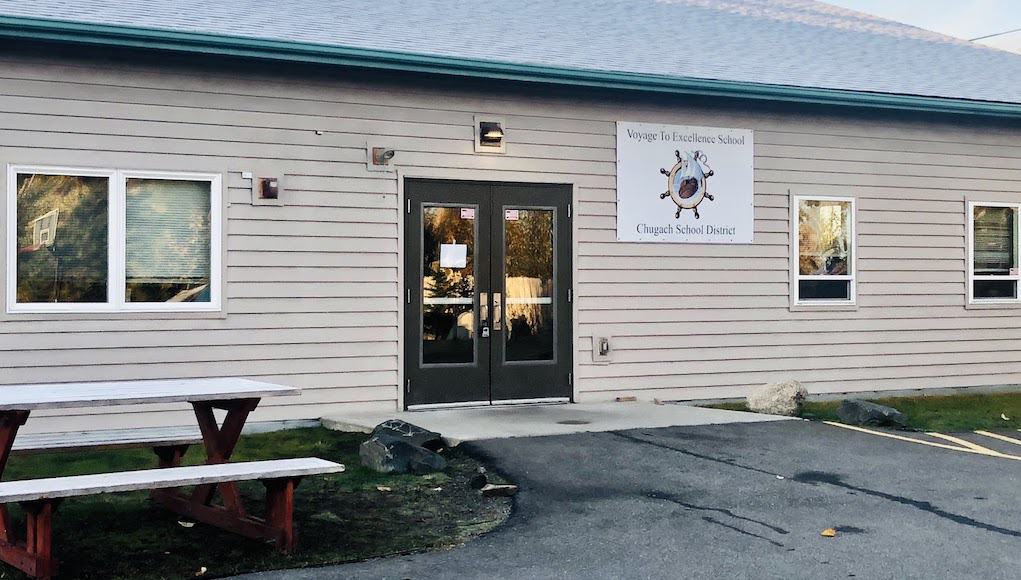
For a few hundred education explorers, visiting Alaska’s Chugach School District in the late 1990s was the first exposure to a high functioning competency-based system.
The district is headquartered in Anchorage but serves remote villages. The largest town, Whittier, used to be only accessible by train if you were on the road system. The other much smaller towns are located on islands that are not connected by bridges. Towns and villages that are not accessible year-round (usually requiring small aircraft for transportation) are not uncommon in the biggest state of the union.
A small band of educators built a system to support the widespread tiny multiage schools. Richard DeLorenzo, chronicled the journey in, Delivering on the Promise: The Education Revolution.
Doug Penn, the District Principal, expressed that instead of expounding on their district and past rewards, he would most like to share how fortunate the district is to have so many wonderful new colleagues in the field of competency-based education. After attending an iNACOL Leadership Conference in Denver two years ago, he was astounded to learn how many other systems had joined this work and how helpful it was to have a network.
“We have been implementing this model for 25 years and while we have had lots of success with our students and communities, we have been working and learning through this without a lot of opportunity for sharing and learning from others. Some of that is due to our geographic isolation, but mainly it has been due to the fact that there just weren’t many other schools implementing this model…[we are] so grateful to now be able to have our staff network with other educators in the field of competency education and help us continue to grow and help our students in ways that we would never even have considered without the amazing perspective of others who are on our same path.”
Last year and this year, Chugach School District will be presenting and learning at the annual iNACOL Symposium.
I was an Alaskan teacher at the beginning of this ground-breaking work and taught in partner districts that supported with Chugach. Several years later, in 2002, many of us would open a charter school in Anchorage, called Highland Tech, that was fully competency-based. This school is just north of Chugach School District and we were fortunate to visit the district and work alongside some of these amazing educators.
The Promise Revisited
After a recent visit with members from Chugach School District, I was particularly interested and then inspired by the Voyage School, a unique boarding school located at the district office in Anchorage. I was able to meet with Stephanie Burgoon, who leads the school. I was inspired by the flexible way in which this district has responded to unique circumstantial needs while keeping learning engaging and powerful. She shared that the “ultimate goal is for each student to leave Voyage School with exposure to a variety of careers, an understanding of their own interests, strengths, and opportunities for improvement, a toolbox of strategies for self-care and community living.” Essentially empowering learners to leave with a clear plan of next steps to achieve the career and life that they desire.
The short-term boarding school is not just for Chugach learners–it is available for all Alaskan students and mostly draws from districts that are not connected by a road system, and additionally has a handful of homeschooled children. This makes for a great mix of learners across the state.
In two-week learning sprints, referred to as phases, students come to Anchorage and can experience career pathways and bunk at the school. They can sign up for courses such as First Responder, STEM, Community Health, Mechanics, Early Education and Culinary Arts. These courses, called phases, can provide certifications as well as internships.
One of the phases, Snow Science, embeds science with multiple areas of interest. Snow safety, such as avalanche awareness and building snow shelters, can also be mixed with careers such as medical support and snow removal equipment.
There is also a course on Driver’s Education, which may seem out of place unless you are familiar with the Alaska landscape. Many of the small towns, often referred to as villages, do not have road systems or do not have access to road systems. There may be boardwalks, trails and makeshift roads but there are not two-lane roads, traffic or traffic lights.
Two certified teachers support the 25 students in academic work and instructors, often outdoor leadership certified, help lead the evening activities and support career pathway access. The schedule for the school allows for a week between sessions for reporting learning to home schools, planning, and prep for the next session and for the facility to be ready for the next group.
In addition to the career path exposure, learners also become part of a community that participates in group chores such as preparing for and cleaning after meals served family-style and cleaning the bathroom. During the phase sessions, learners start with a morning focused meeting and end the day with closing reflection as a team. The daily schedule is represented in this chart.
The Voyage students also have scheduled evening activities, that can include trips to the community swimming pool or local theaters. In addition to the credit they receive while at Voyage School, part of the evening and day time is reserved for core learning that they have either brought from their home school or have selected. Some of the students are from competency-based districts and they may have selected work that aligns with their Voyage school experiences.
Chugach School District, known for rethinking learning approaches and personalized learning, has in the Voyager School an innovative model that is continuing their commitment to not just serve their learners but extend their reach to include learners outside of their district. Chugach School District continues to be an innovative district in the face of challenges, creating new and innovative ways to solve them.
For more see:
- We Built The Plane As We Were Flying It
- Chugach School District: A Personalized, Performance-Based System
- Driven by Student Empowerment: Chugach School District
- Podcast: Rebecca Midles on Mobilizing Change to Meet Learners Where They Are
- How Alaska’s Chugach District Changed Education Through Performance-Based Learning
Stay in-the-know with innovations in learning by signing up for the weekly Smart Update.
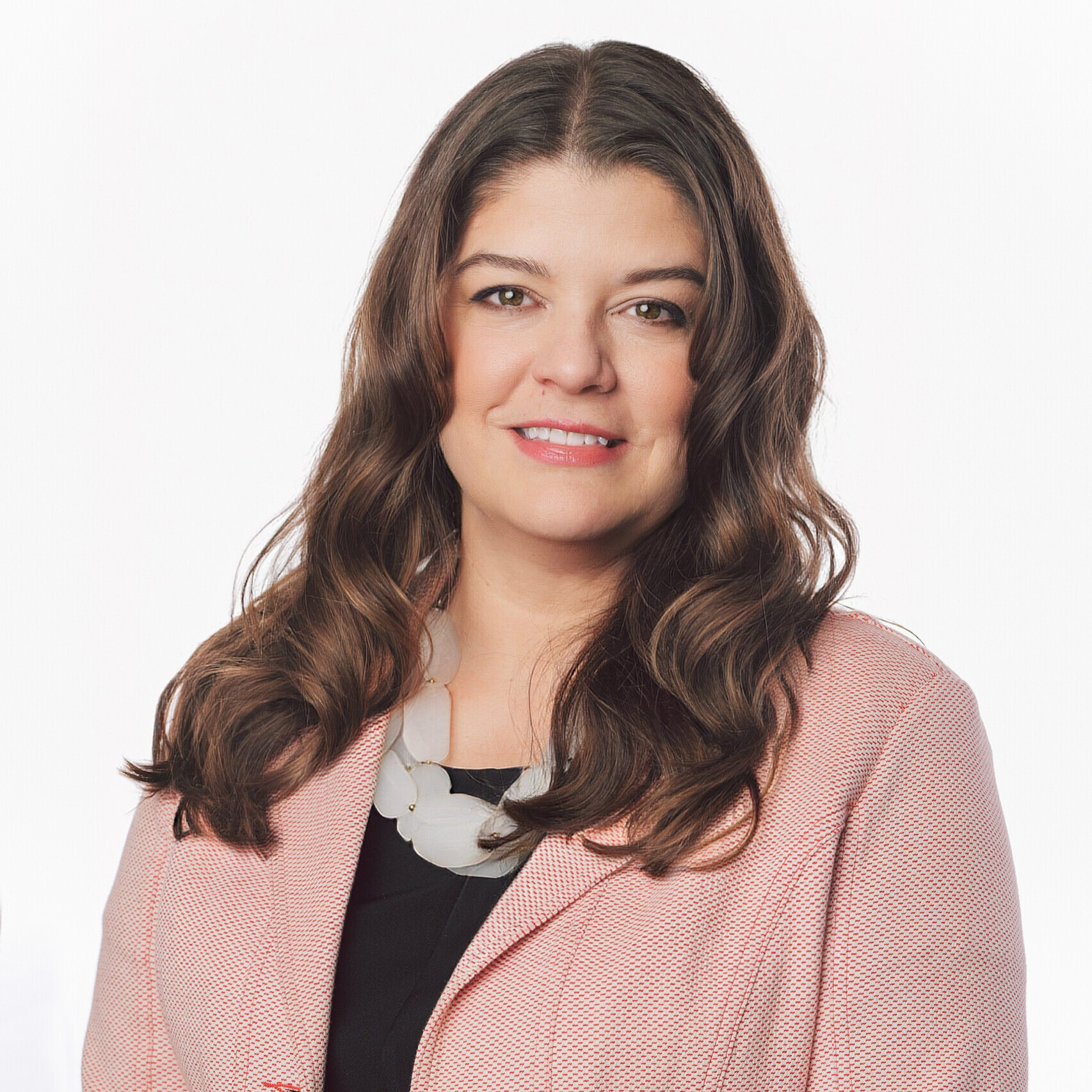



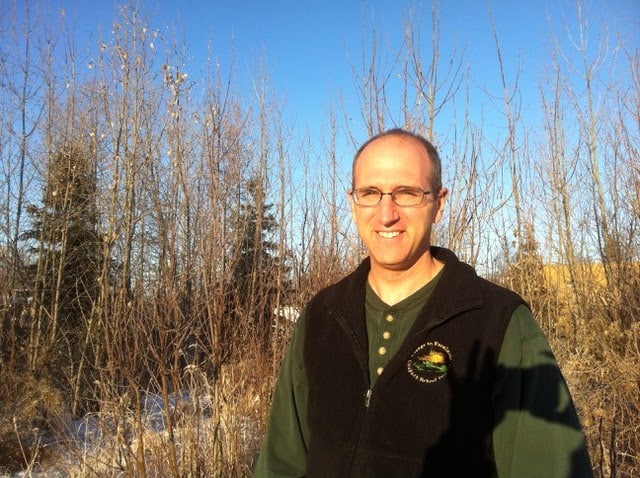
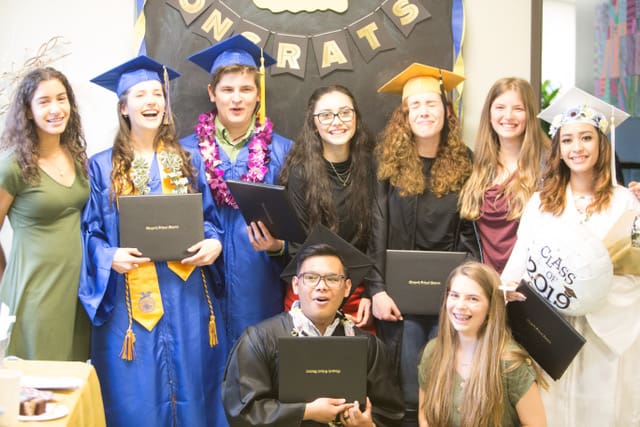


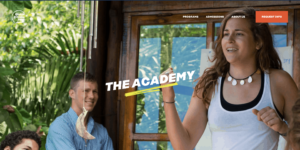

Sandy Maynard
Loved that you focused on education in Alaska. After living there for 10 years, and having two boys that were part of that education system, I know many teachers worked hard to make instruction relevant for their students daily life. This is where I learned the bias of standardized test that don’t related to students experiences.